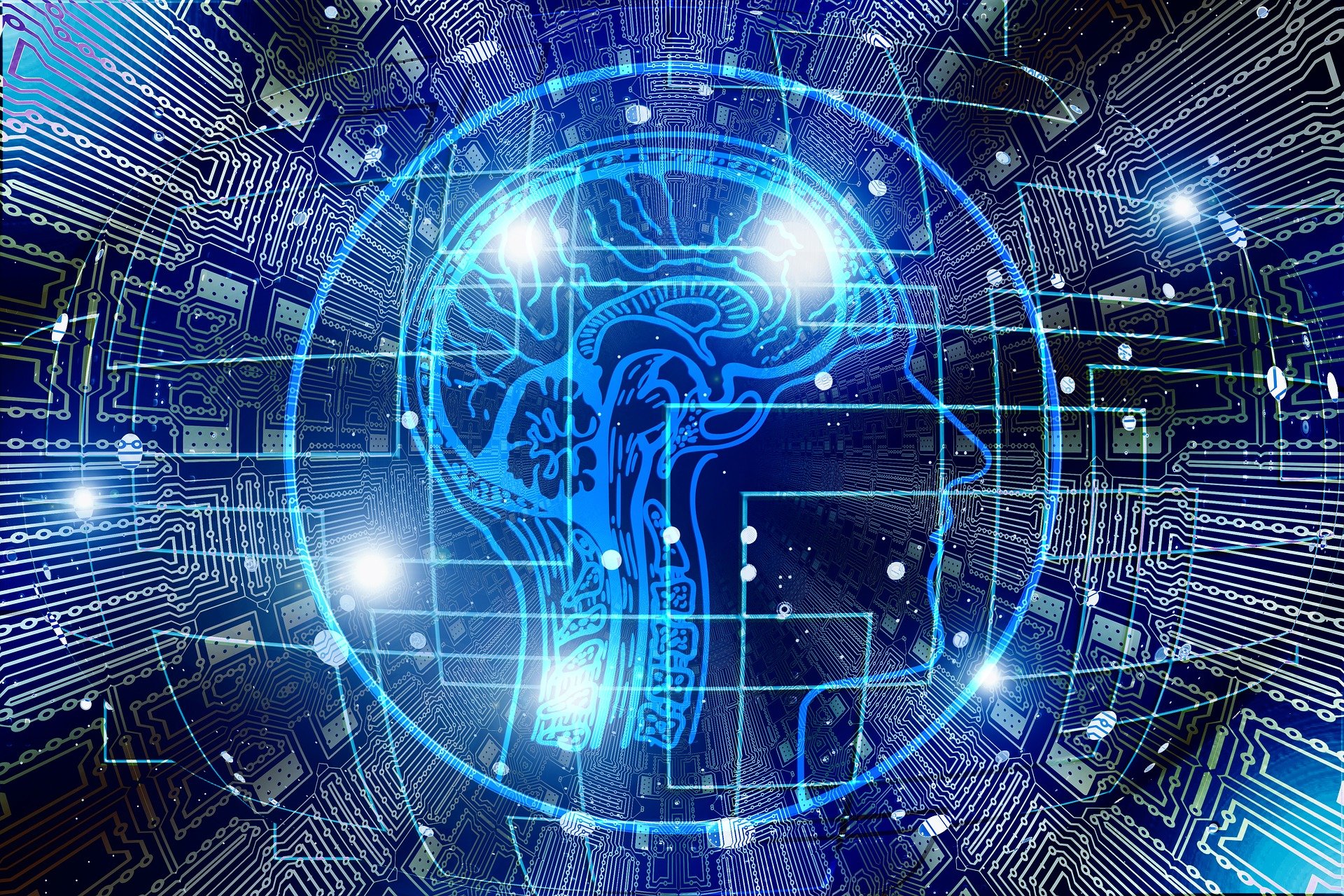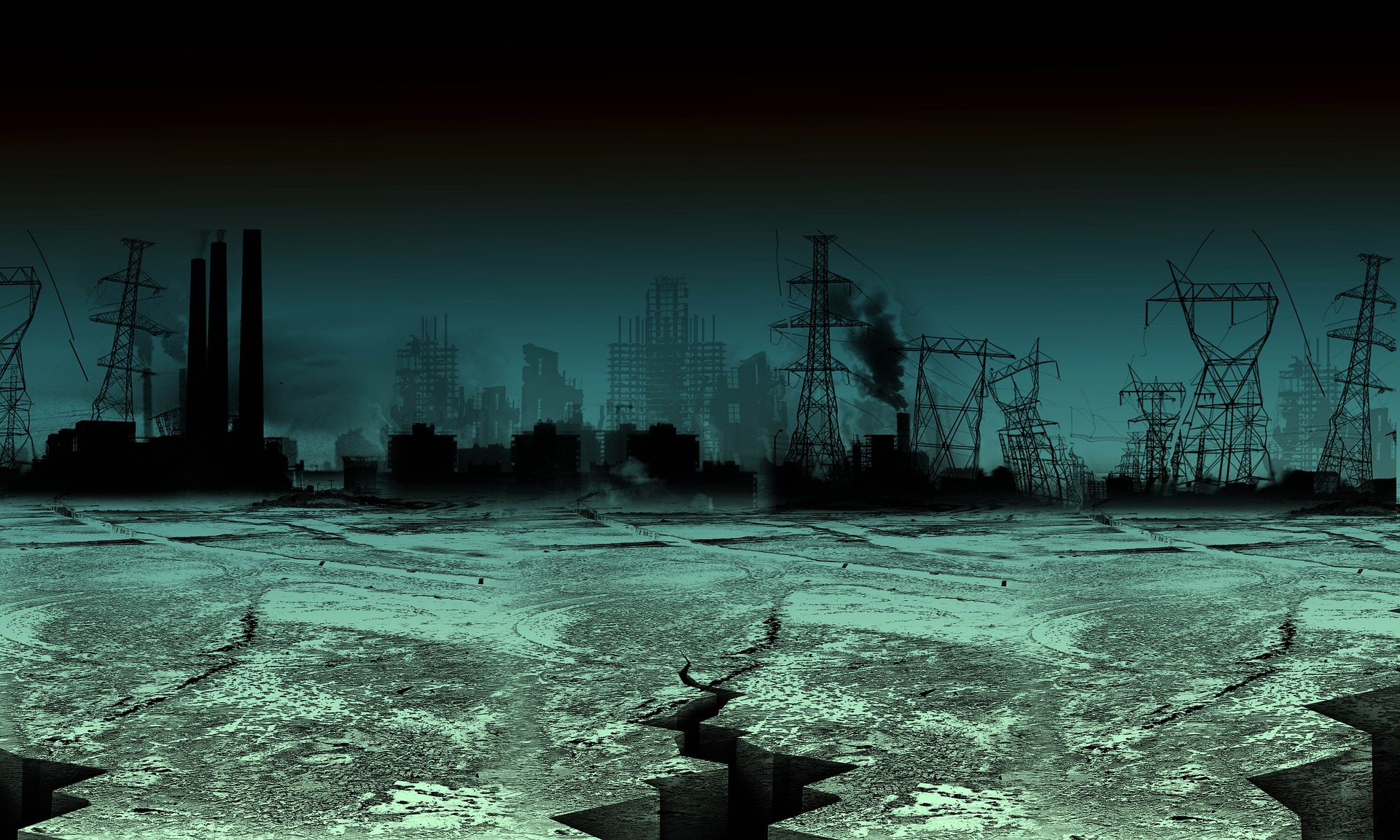The story of intelligence is a long and complex one, spanning millions of years of evolution and leading up to the emergence of the human species. The evolution of artificial intelligence, on the other hand, is a much more recent development, but one that has progressed rapidly in the past few decades. In this chronicle, we will explore the fascinating and intertwined histories of these two types of intelligence, examining how they have evolved over time and what the future might hold for both.
The Evolution of Intelligence
Intelligence has been a crucial trait for survival since the dawn of life on Earth. The earliest forms of life had to be able to sense their environments and react appropriately to changes in order to stay alive. As organisms became more complex, so too did their intelligence, with the ability to learn and adapt becoming increasingly important. Over millions of years, this process of natural selection led to the evolution of a wide variety of intelligent species, from insects and birds to dolphins and primates.
One of the most important steps in the evolution of intelligence was the development of the nervous system. In simple organisms, such as jellyfish and sponges, the nervous system is little more than a network of cells that can detect changes in the environment and react accordingly. But in more complex organisms, such as vertebrates, the nervous system became much more sophisticated, with specialized cells and structures dedicated to processing information.
The evolution of the brain was another key factor in the development of intelligence. In the earliest vertebrates, the brain was little more than a simple cluster of nerve cells. But over time, it became more complex and specialized, with different regions of the brain dedicated to different functions, such as vision, hearing, and movement. In primates, the brain continued to evolve, leading to the development of the neocortex, which is responsible for many of the higher cognitive functions, such as language, problem-solving, and planning.
The Evolution of Artificial Intelligence
The evolution of artificial intelligence has been much more rapid than that of biological intelligence, but it has also been much more deliberate. The idea of creating machines that could think and learn like humans has been around for centuries, but it wasn’t until the mid-20th century that the field of artificial intelligence (AI) began to take shape.
Early AI research focused on developing programs that could perform specific tasks, such as playing chess or solving mathematical problems. These programs were based on a set of rules or algorithms that the computer followed to arrive at a solution. But they lacked the flexibility and adaptability of human intelligence, and were limited to performing only the tasks they were programmed to do.
In the 1980s and 1990s, AI researchers began to develop more sophisticated techniques, such as neural networks and machine learning, that allowed computers to learn from data and make decisions based on that learning. These advances led to breakthroughs in speech recognition, image recognition, and natural language processing, among other fields.
Today, AI is used in a wide variety of applications, from self-driving cars to medical diagnosis to financial forecasting. Some of the most exciting developments in AI involve the creation of autonomous systems that can learn and adapt on their own, without human intervention.
Comparing Biological and Artificial Intelligence
While biological and artificial intelligence share some similarities, they also have significant differences. One of the most notable differences is the way in which they process information. Biological intelligence relies on the brain’s complex network of neurons to process sensory inputs and generate responses, while artificial intelligence relies on algorithms and computer programs to analyze data and make decisions.
Another difference is the way in which they learn. Biological intelligence has the ability to learn from experience, often through trial and error. It can recognize patterns, make predictions, and adjust its behavior accordingly. In contrast, artificial intelligence requires large amounts of labeled data to train machine learning algorithms. While these algorithms can learn from data, they do not have the ability to reason or generalize beyond what they have been trained on.
There is also a difference in the type of problems that biological and artificial intelligence are well-suited for. Biological intelligence is highly adaptable and can handle a wide range of tasks, from navigating complex environments to social interaction. Artificial intelligence, on the other hand, is better suited for tasks that involve large amounts of data and complex computations, such as image recognition or natural language processing.
Despite these differences, there is a growing interest in combining the strengths of biological and artificial intelligence to create more advanced systems. For example, researchers are exploring the use of neural implants to enhance human cognitive abilities or the development of robotic systems that can learn from human interaction. As these technologies continue to evolve, it is likely that the boundaries between biological and artificial intelligence will become increasingly blurred.
Important Note: This chronicle was written by Chat GPT and only minor changes were made to the text. Please let me know in the comments section if you could detect that this text was written by a machine, and not by a human.













